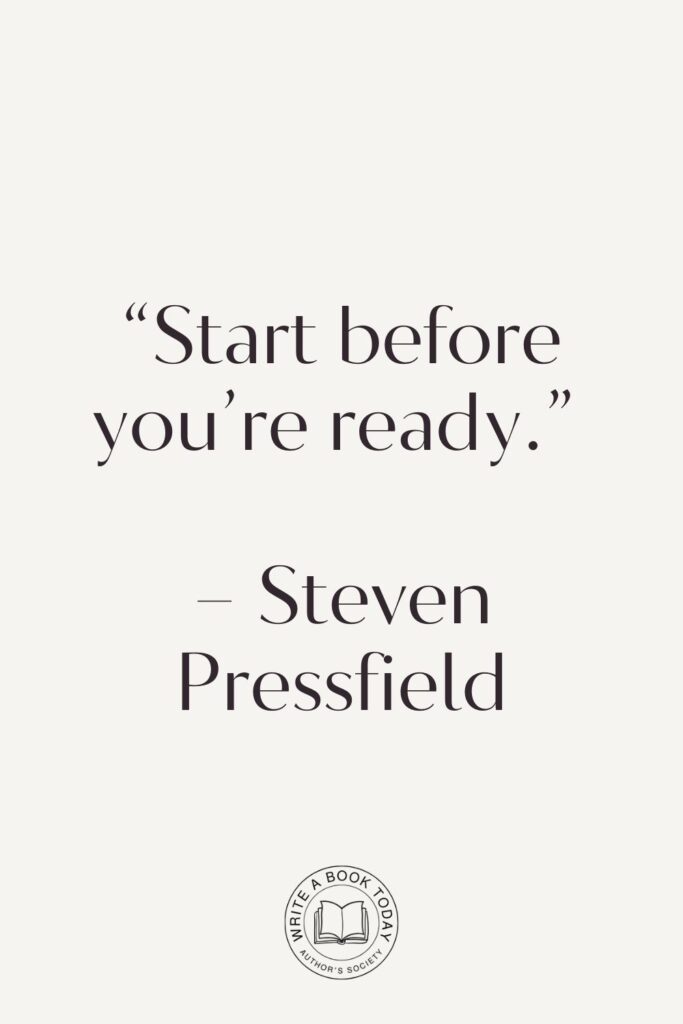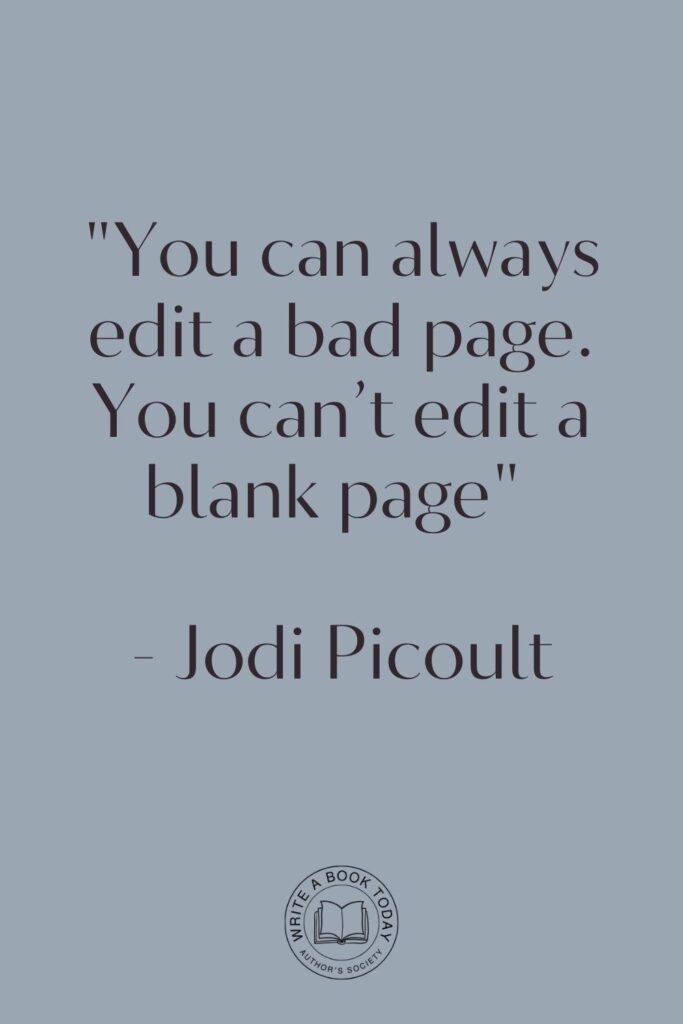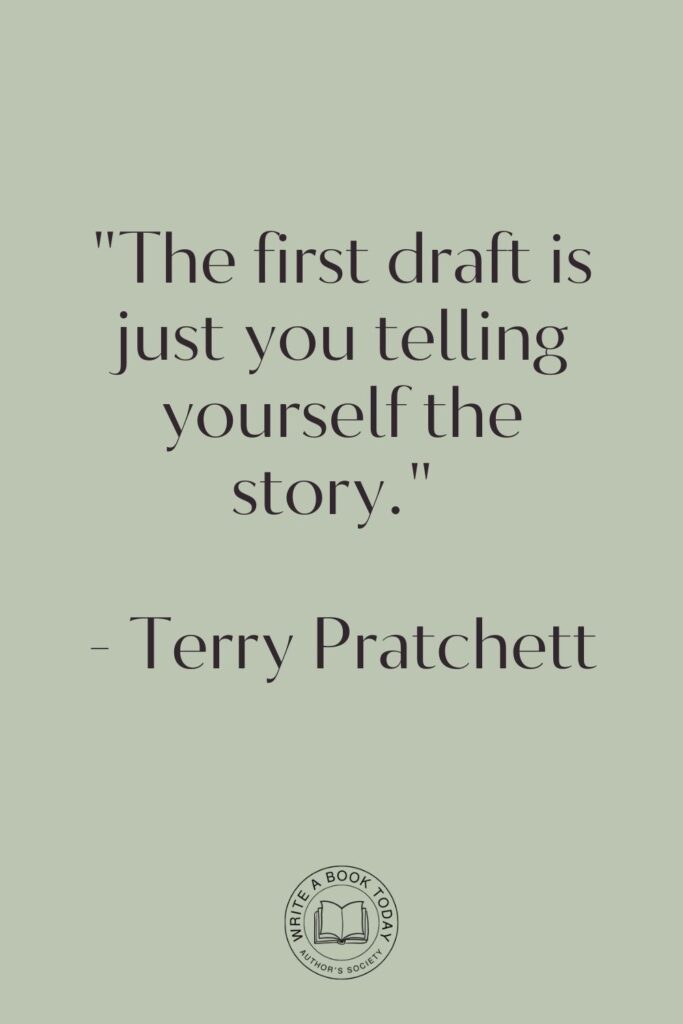Imagine setting off on a cross-country road trip without a map or GPS. You might stumble upon a few picturesque spots, but chances are you’ll end up lost, frustrated, and far from your intended destination.
The same can be said for writing a book without an outline. A book outline serves as your literary roadmap, guiding you through the twists and turns of your narrative journey.
But why is it so crucial, and how can you craft one that truly enhances your writing process?
Let’s dive in and discover the secrets behind successful authors who have mastered this art.
Understanding the Importance of a Book Outline
Before you put pen to paper, it’s essential to grasp the significance of a book outline. Think of it as the scaffolding of your story, supporting every chapter and character until your masterpiece stands tall.
Outlining is not just a task; it’s an art form that can transform your writing from chaotic to cohesive.
What is a Book Outline?
A book outline is much like the blueprint of a house. It lays out the foundational structure of your story, organizing key plot points, character arcs, and themes.
Whether you’re crafting fiction or nonfiction, an outline helps ensure your narrative flows logically and engagingly.
It’s a tool that successful authors like J.K. Rowling and John Grisham swear by, allowing them to weave intricate tales with precision and creativity.

Benefits of Having a Book Outline
The benefits of a well-crafted outline are manifold. Firstly, it provides clarity, helping you visualize the entire narrative arc and spot potential plot holes before they become stumbling blocks.
Secondly, it enhances productivity by breaking down the daunting task of writing a book into manageable chunks. With an outline, you always know what comes next, reducing the dreaded blank page syndrome.
Moreover, it acts as a safety net during writer’s block, offering direction and inspiration when creativity wanes.
- Clarity: Visualize the entire narrative and identify plot holes early.
- Productivity: Break down writing into manageable tasks.
- Inspiration: Provides direction during writer’s block.
Common Challenges in Outlining
Despite its advantages, outlining is not without its challenges. Many writers struggle with over-planning, which can stifle creativity and spontaneity. Others find it daunting to condense their vast ideas into a concise framework.
However, remember that an outline is a living document; it’s meant to evolve with your story. Embrace flexibility, allowing your narrative to breathe and grow organically.
To overcome outlining challenges, start with a flexible approach. Allow your outline to evolve as your story develops, keeping it dynamic and open to change.
Feeling lost with your debut novel?
Fiverr Pro connects you with expert editors, designers, and marketers – everything you need to get your book ready for success!

Crafting Your Book Outline
Creating a book outline is akin to constructing a roadmap for your writing journey. It involves several critical steps that lay the groundwork for a compelling narrative. Let’s explore these steps to ensure your outline becomes a catalyst for success.
Finding Your Book’s Premise
Your book’s premise is the heartbeat of your story. It’s the core idea that fuels your narrative, guiding every plot twist and character decision. To discover your premise, ask yourself:
What is the central conflict or theme?
Why does this story need to be told?
Successful authors often spend considerable time refining their premise, ensuring it’s compelling and relatable. Remember, a strong premise is the anchor that keeps your story grounded amidst creative tides.

Choosing the Right Structure
Just as buildings rely on different architectural styles, books thrive on diverse structures. Whether you opt for a linear progression, flashbacks, or multiple perspectives, your structure should enhance the storytelling experience.
Consider the genre and tone of your book, and experiment with various frameworks until you find the one that resonates. This choice will significantly influence how readers engage with your narrative.
Mapping Out Major Plot Points
Plot points are the signposts along your storytelling journey. They guide readers through the narrative, building tension and anticipation. Start by identifying key moments that drive the story forward.
These could be major revelations, turning points, or climactic events. Mapping them out in advance ensures a cohesive and engaging plot, preventing meandering storylines that lose reader interest.
| Plot Point | Description |
|---|---|
| Inciting Incident | The event that sets the story in motion. |
| Midpoint | A significant turning point that shifts the narrative. |
| Climax | The peak of tension and conflict. |
Developing Character Arcs
Characters are the soul of your story, and their arcs shape the reader’s emotional journey. Consider how your protagonist evolves from the beginning to the end.
What internal conflicts do they face?
How do external events impact their growth?
A well-defined character arc adds depth and relatability, drawing readers into the heart of your narrative.
When developing character arcs, focus on both internal and external conflicts. This dual approach adds depth and relatability, engaging readers on multiple levels.

Outlining Techniques and Tips
Outlining is a versatile art, with numerous techniques to suit different writing styles. Whether you’re a visual thinker or prefer a structured approach, there’s a method for you.
Let’s explore some popular outlining techniques that have helped successful authors bring their stories to life.
The Snowflake Method
The Snowflake Method, developed by Randy Ingermanson, is a systematic approach that builds complexity gradually. It begins with a simple sentence summarizing your story and expands into detailed paragraphs, character profiles, and scenes.
This method suits writers who prefer a structured yet flexible framework, allowing for creativity within defined boundaries.
Mind Mapping for Visual Thinkers
If you’re a visual thinker, mind mapping can be a powerful tool. It involves creating a visual representation of your story, connecting characters, themes, and plot points.
This technique allows you to see the big picture at a glance, making it easier to spot connections and gaps. Mind mapping is ideal for writers who thrive on visual organization and creativity.
Index Card Method for Flexibility
The Index Card Method offers unparalleled flexibility. Each scene or chapter is represented by an index card, allowing you to rearrange and experiment with different sequences.
This method is perfect for writers who prefer a hands-on approach, enabling them to visualize the flow of their narrative and make adjustments on the fly.
Using Templates for Efficiency
Templates provide a ready-made structure for your outline, saving time and effort. Many writing software programs offer customizable templates tailored to different genres and styles.
These templates guide you through the outlining process, ensuring you don’t miss crucial elements. They are particularly useful for first-time authors seeking a structured starting point.
Experiment with different outlining techniques to find the one that resonates with your writing style. The right method will enhance your creativity and streamline your writing process.

The Writing Process After Outlining
Once your outline is in place, the real adventure begins. Your outline serves as a compass, guiding you through the writing process with confidence and clarity.
Let’s explore how to translate your outline into a compelling draft and maintain momentum until the final page.
Translating Your Outline into a Draft
With your outline as a guide, begin transforming your ideas into prose. Start with the sections that inspire you the most, gradually filling in the gaps.
Allow your creativity to flow, knowing that your outline provides a safety net. Remember, the first draft is about exploration and discovery; perfection comes later during the editing phase.
Google Docs is for notes. Scrivener is for novels. Upgrade your writing game and try it for free today!

Maintaining Momentum Through the Middle
The middle of a book is often the most challenging part for writers. It’s where narratives can sag and motivation wanes. To maintain momentum, refer back to your outline regularly.
Use it to remind yourself of the overarching story and the stakes involved. Inject new twists, deepen character development, and keep the pace engaging to propel your narrative forward.
Editing and Refining Your Manuscript
Once your draft is complete, it’s time to refine and polish your manuscript. Your outline remains a valuable reference, helping you ensure consistency and coherence.
Focus on tightening prose, enhancing dialogue, and resolving any plot inconsistencies. Editing is where your story truly comes to life, transforming raw ideas into a polished work of art.
Inspiration from Successful Authors
Even the most celebrated authors began their journeys with a humble outline. Learning from their experiences can provide valuable insights and motivation.
Let’s explore how successful authors use outlines to craft timeless stories and the lessons we can glean from their creative processes.

Lessons from Famous Plotters
Authors like J.K. Rowling and John Grisham are renowned for their meticulous outlining techniques. Rowling famously outlined the entire Harry Potter series before writing a single word, ensuring a cohesive narrative across seven books.
Grisham, a master of legal thrillers, meticulously plans his plots, weaving intricate legal battles with compelling character arcs. Their success underscores the power of a well-structured outline in crafting captivating stories.
How Successful Authors Use Outlines
Successful authors view outlines as dynamic tools, not rigid constraints. They allow room for spontaneity and creativity, adapting their outlines as their stories evolve.
This flexibility enables them to explore new ideas while staying true to the core narrative. By embracing outlines as living documents, these authors create stories that resonate with readers worldwide.
Learn from successful authors by studying their outlining methods. Adapt their techniques to suit your style, and use their success as motivation to craft your unique narrative.
No marketing platform? No social following? No problem!
Publisher Rocket helps you market your debut novel like a pro.
It’s a gamechanger for debut authors – try it today!


Final Thoughts on Book Outlining
As you embark on your writing journey, remember that a well-crafted outline is your greatest ally. It provides structure, direction, and inspiration, transforming your ideas into a compelling narrative.
Embrace the outlining process, allowing it to fuel your creativity and enhance your writing success.
Embracing Flexibility in Your Outline
While an outline offers structure, it’s essential to remain open to change. As your story unfolds, you may discover new plot twists or character developments that deviate from your original plan.
Embrace these changes, allowing your outline to evolve alongside your narrative. Flexibility is the key to maintaining authenticity and freshness in your writing.
The Journey from Outline to Published Book
The journey from outline to published book is a testament to your dedication and creativity. Your outline is the first step in a transformative process that culminates in sharing your story with the world.
As you navigate the challenges and triumphs of writing, remember that each word brings you closer to realizing your dream of becoming a published author.
As you transition from outline to draft, stay focused on your ultimate goal: sharing your story with the world. Each step you take brings you closer to achieving your dream of becoming a published author.








